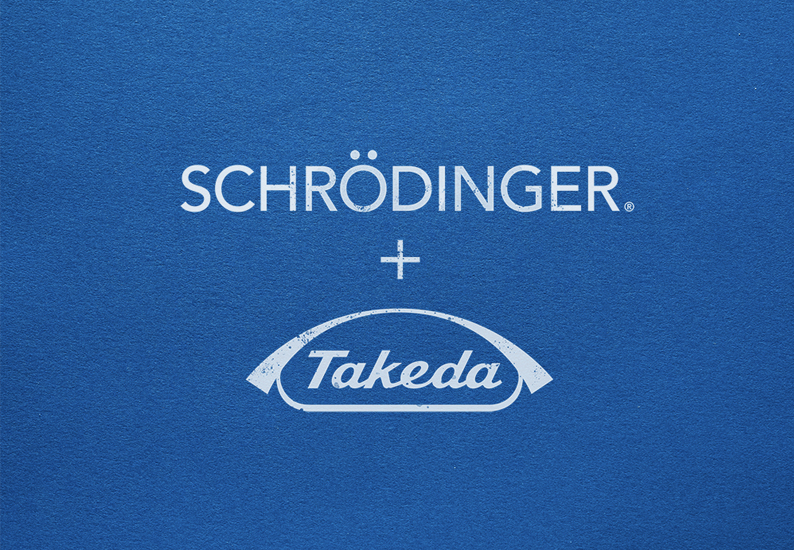When NVIDIA invented the graphics processing unit (GPU) back in the 1990s, it wasn’t just a breakthrough — it was a revolution.
GPUs were originally intended to improve computer graphics. They certainly did that, but more realistic video games were just the start. GPUs also ushered in the modern era of parallel processing and high-performance computing. NVIDIA has continued to evolve and upgrade its technology, and the company now powers two-thirds of the TOP500 list of the world’s fastest supercomputers, including eight of the top 10.
We are proud to announce today that Schrödinger is partnering with NVIDIA in yet another field that is ripe for revolution: drug discovery.
As readers of this blog know, we at Schrödinger have spent years developing a computational platform that leverages physics-based predictive modeling and advanced machine learning to explore the vast — nearly infinite — expanse of chemical space, to identify novel compounds for therapeutic targets, and to optimize those compounds across multiple properties simultaneously. Our software is used by all the biggest biopharmas in the world and powers our own internal drug discovery programs.
In this new collaboration, we intend to optimize the Schrödinger platform for the NVIDIA DGX SuperPOD, an enterprise system that can be scaled to enable any organization to reach supercomputing speed and power. The SuperPOD also supports NVIDIA Clara Discovery, a modular platform for composing and deploying heterogenous AI and HPC scientific computing pipelines for drug discovery applications. Optimizing for the NVIDIA GPU framework is designed to give customers access to an all-in-one supercomputing solution for in silico drug discovery.
We’ve been using NVIDIA technology for years, but this collaboration will bring our work to a new level and has the potential to benefit customers worldwide.
Together, Schrödinger and NVIDIA will also explore the development of new computational tools that could further accelerate therapeutic discovery, for instance by developing new methods to accurately and rapidly predict three-dimensional protein structures.
Our physics-based modeling takes a great deal of compute power, easily hundreds of thousands of hours on high-performance computers for a single discovery program. Partners like NVIDIA help make that possible. We’re excited to work together on this technical and scientific collaboration, and we look forward to sharing the results of our partnership.











